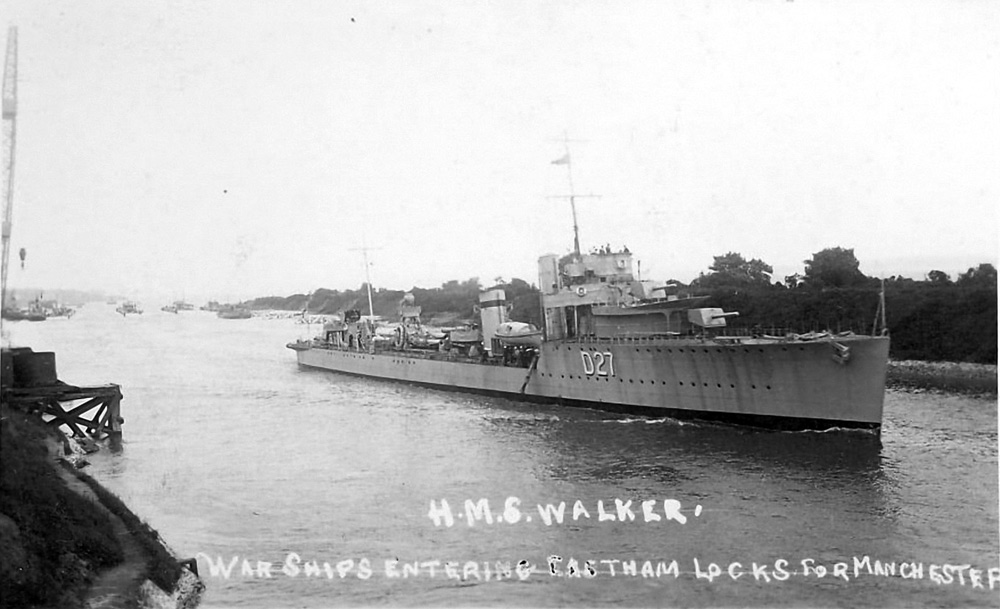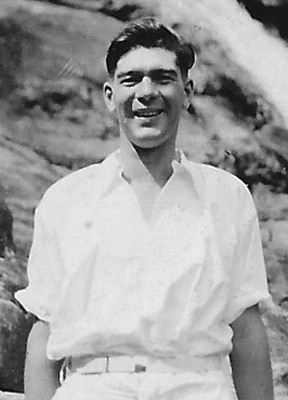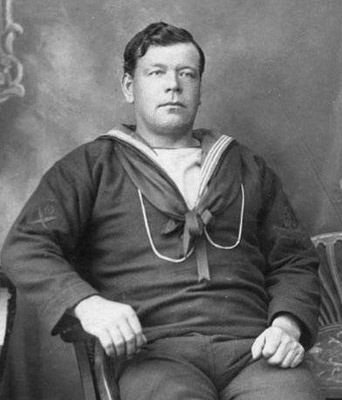
 HMS WALKER
HMS WALKER

 Stanley George Thomas Ewles was
born at Portsmouth on 15 May 1910, the son of William Ewles
(1875-1930), a Chief Petty Officer in the Royal Navy. His father (on right, aged 18) served
in HMS Murray and took part in the Raid on Zeebrugge on St George's Day 1918. Stan joined the Navy as an Artificer Apprentice on 1 January 1926 and retired as Lieutenant Commander S.G.T. Ewles RN after thirty five years service in 1975.
Stanley George Thomas Ewles was
born at Portsmouth on 15 May 1910, the son of William Ewles
(1875-1930), a Chief Petty Officer in the Royal Navy. His father (on right, aged 18) served
in HMS Murray and took part in the Raid on Zeebrugge on St George's Day 1918. Stan joined the Navy as an Artificer Apprentice on 1 January 1926 and retired as Lieutenant Commander S.G.T. Ewles RN after thirty five years service in 1975.